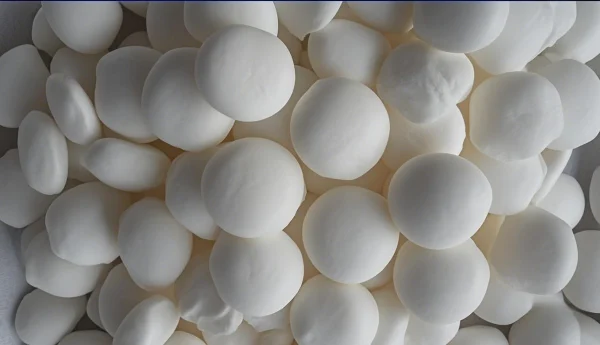
Introduction
Cyanide leaching, particularly with sodium cyanide, has long been a cornerstone in the extraction of precious metals, especially gold and silver, from ore bodies. Since its industrial inception in 1887. this method has been widely adopted due to its relatively high efficiency and cost - effectiveness. However, the process is complex, and its efficiency is influenced by numerous factors. Understanding these factors is crucial for maximizing metal recovery and minimizing operational costs in mining and metallurgical industries.
Principle of Sodium Cyanide Leaching
Sodium Cyanide, a colorless and highly toxic compound, plays a pivotal role in the leaching process. In an aqueous solution, under alkali
e conditions (usually maintained by adding lime), cyanide ions (CN⁻) react with gold (Au) and silver (Ag) in the presence of oxygen. The general chemical reaction for gold cyanidation can be represented as:
4Au + 8CN⁻+ O₂ + 2H₂O → 4[Au(CN)₂]⁻ + 4OH⁻
This reaction occurs in an electrochemical corrosion - like manner. The oxygen acts as an oxidizing agent, facilitating the dissolution of gold into the solution as a complex cyanide ion, [Au(CN)₂]⁻. Similarly, silver follows a comparable reaction mechanism.
Influencing Factors on Cyanide Leaching Efficiency
Ore Characteristics
1.Particle Size
The grinding particle size of the ore is of utmost importance. Before cyanide leaching, ores need to be pretreated through crushing, screening, grinding, and grading. For ores with fine - grained or encapsulated precious metals, proper grinding is essential to achieve monomer dissociation. If the ore is over - ground, it not only increases grinding costs but also risks introducing leachable impurities into the leachate. Additionally, over - grinding can impede solid - liquid separation, leading to cyanide waste and dissolved gold loss. For example, when dealing with gold ores having fine - embedded and encapsulated natural gold, a grinding particle size of - 38 μm with a content ratio of 75% often ensures a good balance between leaching effect and cost.
On the other hand, if the particles are too coarse, the surface area available for the cyanide to react with the precious metals is limited, resulting in incomplete leaching and reduced extraction efficiency.
2.Mineralogy
Different types of ores have distinct mineralogical compositions. Ores containing high levels of copper, arsenic, antimony, sulfur, or carbon can pose challenges to cyanide leaching. For instance, copper can form complex cyanide compounds, competing with gold and silver for cyanide ions. Arsenic and antimony can also react with cyanide and oxygen, consuming reagents and inhibiting the leaching of precious metals. Sulfide - rich ores may require pre - treatment, such as roasting or bio - oxidation, to expose the enclosed precious metals and remove sulfur, which can otherwise interfere with the cyanidation process.
Chemical Reagents
1.Cyanide Concentration
The amount of Sodium Cyanide added significantly impacts the leaching efficiency. Within a certain range, the cyanide concentration is proportional to the leaching rate of the ore pulp. If the cyanide content is too low, the gold and silver leaching effect is poor, and the process is slow, incurring unnecessary time costs. Conversely, when the cyanide amount is excessive, after the leaching efficiency of precious metals reaches a certain level, further increases in cyanide concentration do not lead to a significant improvement in leaching, resulting in waste of cyanide and increased production costs. For example, when extracting gold concentrate from finely - embedded - particle - size gold ores, a Sodium cyanide dosage of 1.5 - 3.0 kg/t is often more suitable. However, in actual production, the optimal dosage should be determined based on the specific characteristics of the ore and beneficiation tests.
2.Lime (Alkalinity)
Lime is added to the cyanide solution as a protective alkali. Since cyanide ions in solution have unstable chemical properties and can easily volatilize as hydrogen cyanide gas, maintaining an appropriate alkalinity is crucial. Adding lime to the cyanidation solution helps keep the pulp at a suitable pH. According to test analysis, the leaching rate of gold is also substantially improved after adding lime. When the amount of lime added is 2 kg/t and above, the pH value of the pulp is typically between 11 - 12. and the gold leaching rate in the pulp reaches a relatively stable and high level.
Process Conditions
1.Slurry Concentration
The concentration of the leaching pulp directly affects the leaching speed and efficiency of precious metal concentrates. Generally, a lower - concentration leaching pulp with good fluidity allows for higher leaching efficiency of the gold and silver concentrates. However, this may require an increase in the amount of added reagents, as well as larger equipment sizes and higher investment costs. To balance the precious metal leaching efficiency and production cost, an appropriate slurry concentration needs to be determined. For ores with fine - embedded particle sizes, maintaining the pulp concentration at about 20% - 33% often ensures a good leaching effect. If the concentration is higher than this range, the leaching efficiency of precious metals may decrease rather than increase. In actual production, the concentration can be adjusted according to specific circumstances, but it should not be set too high.
2.Leaching Time
The leaching time is a critical factor in the cyanidation process. Selecting an appropriate leaching time is necessary to fully dissolve the precious metal particles. However, while precious metals are dissolving, other impurities in the pulp also continue to dissolve, which can affect the dissolution rate of gold and silver. Prolonging the leaching time not only may not be beneficial for the dissolution of precious metal particles but also requires larger leaching equipment and more space, thus increasing production costs. For ores with fine - embedded particle sizes, keeping the cyanidation leaching time at about 4 hours is often optimal. If the leaching time exceeds 24 hours, the leaching of precious metals may be inhibited, and the concentration of precious metal ions in the solution may decrease.
3.Oxygen Supply
As shown in the chemical reaction equation, oxygen is an essential reactant in the cyanidation process. Sufficient oxygen supply promotes the oxidation of gold and silver, accelerating the cyanidation reaction. In industrial settings, air is often bubbled through the leaching pulp to provide oxygen. If the oxygen supply is insufficient, the reaction rate will slow down, reducing the overall leaching efficiency.
4.Agitation Conditions
Agitation is used to enhance the contact between the ore particles, cyanide solution, and oxygen. Appropriate agitation conditions can improve the reaction rate by ensuring better mixing and distribution of reagents. However, excessive agitation can cause mechanical damage to the ore particles and may also lead to increased energy consumption.
Optimization Strategies
Ore Pretreatment
1.Grinding Optimization
Implementing the principle of "more crushing and less grinding" can help reduce energy consumption and the risk of over - grinding. Advanced grinding technologies, such as multi - stage grinding and the use of high - efficiency grinding aids, can be employed to achieve the desired particle size distribution more precisely.
2.Pre - treatment for Problematic Minerals
For ores containing high levels of interfering minerals, pre - treatment methods should be considered. Roasting can be used to remove sulfur and oxidize some of the refractory minerals, making the precious metals more accessible to cyanide. Bio - oxidation, which uses microorganisms to break down sulfide minerals, is also an environmentally friendly alternative for some types of ores.
Reagent Management
1.Cyanide Optimization
Conducting regular and accurate beneficiation tests to determine the optimal cyanide dosage for different batches of ores is crucial. Additionally, the use of alternative cyanide - based reagents or the addition of activators can be explored to enhance the leaching efficiency while reducing cyanide consumption. For example, some research has shown that adding certain surfactants can improve the wetting and reaction of cyanide with ore particles.
2.Alkalinity Control
Continuously monitor and adjust the pH of the leaching pulp to maintain the optimal alkalinity range. Automated pH control systems can be installed to ensure accurate and timely adjustments, reducing the risk of cyanide volatilization and optimizing the leaching environment.
Process Parameter Optimization
1.Slurry Concentration Adjustment
Install sensors to monitor the slurry concentration in real - time and adjust the water - to - ore ratio accordingly. This can be integrated into an automated control system to maintain the optimal slurry concentration for efficient leaching.
2.Leaching Time Optimization
Use real - time monitoring techniques, such as analyzing the concentration of precious metal ions in the solution during leaching, to determine the appropriate end - point of the leaching process. This can prevent over - leaching and save time and resources.
3.Oxygen and Agitation Optimization
Install oxygen sensors to ensure a sufficient and stable oxygen supply. Adjust the agitation speed based on the characteristics of the ore and the leaching stage to achieve the best balance between reaction efficiency and energy consumption.
Conclusion
The efficiency of sodium cyanide leaching in precious metal extraction is influenced by a complex interplay of ore - related, reagent - related, and process - related factors. By understanding these factors and implementing appropriate optimization strategies, mining and metallurgical industries can improve the leaching efficiency, reduce production costs, and minimize environmental impacts associated with cyanide use. Continuous research and technological innovation in this field are essential to meet the growing demand for precious metals in a sustainable and efficient manner.n
- Random Content
- Hot content
- Hot review content
- Shock Tube Detonator
- Featured Poducts Sodium Cyanide
- Lithium chloride, 99.0%,99.5%
- Caprylic/capric triglyceride
- Industrial Sodium Nitrite 98.5%
- Sodium Dimethyldithiocarbamate 95% solid, 40% liquid
- Strontium carbonate
- 1Discounted Sodium Cyanide (CAS: 143-33-9) for Mining - High Quality & Competitive Pricing
- 2Sodium Cyanide 98% CAS 143-33-9 gold dressing agent Essential for Mining and Chemical Industries
- 3Sodium Cyanide 98%+ CAS 143-33-9
- 4China's New Regulations on Sodium Cyanide Exports and Guidance for International Buyers
- 5Anhydrous Oxalic acid 99.6% Industrial Grade
- 6Oxalic acid for mining 99.6%
- 7Reagent Grade/Industrial Grade Hydrochloric Acid min.31%
- 1Sodium Cyanide 98% CAS 143-33-9 gold dressing agent Essential for Mining and Chemical Industries
- 2High Quality 99% Purity of Cyanuric chloride ISO 9001:2005 REACH Verified Producer
- 3 High-Quality Sodium Cyanide for Leaching
- 4Powdery emulsion explosive
- 5Industry Grade Electron grade 98% Sulfuric Acid H2SO4 Sulphuric Acid Battery Acid Industrial Sulfuric Acid
- 6Colloidal emulsion explosive
- 7sodium hydrosulfide 70% flakes used Mining Industry


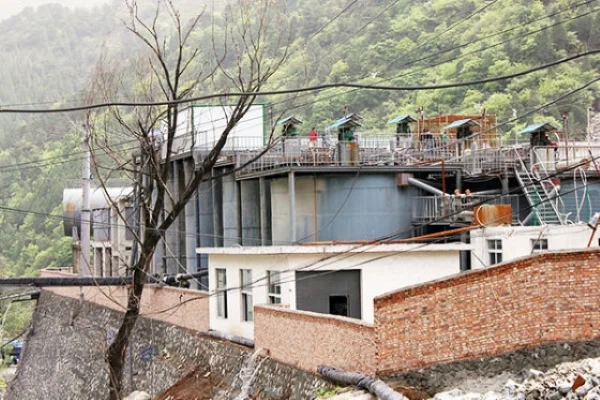
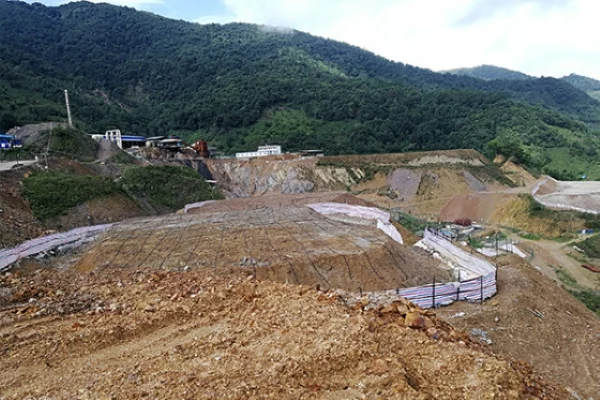
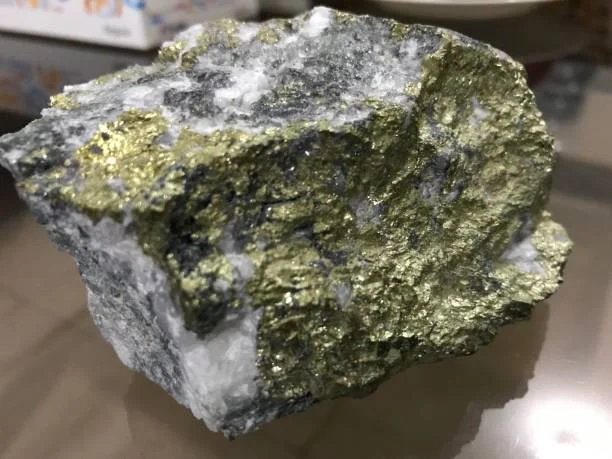
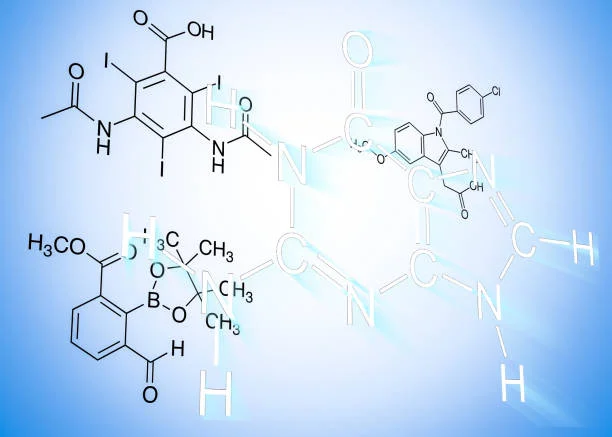
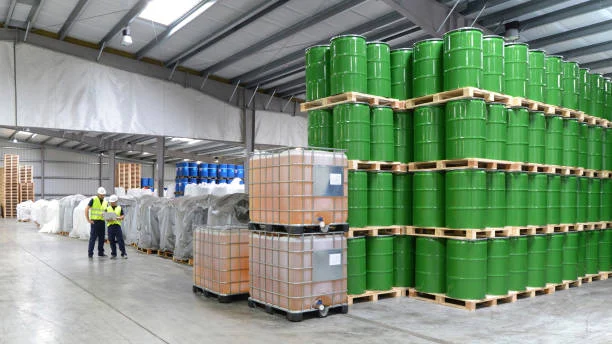

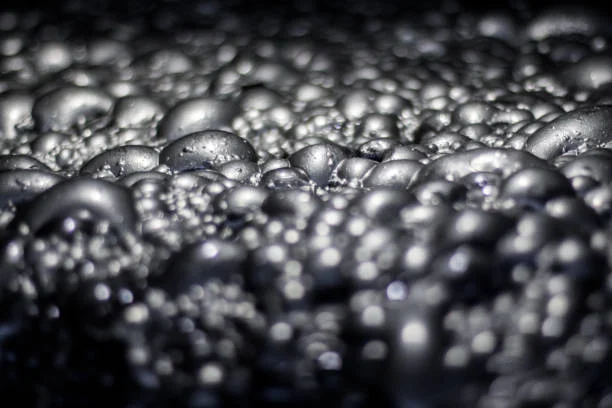



Online message consultation
Add comment: